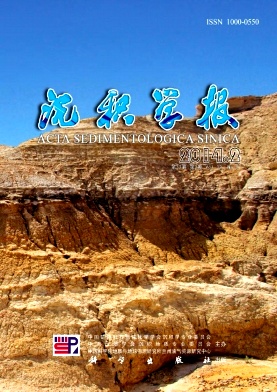Origin of Depositional Cycles and Their Influence on Oil-bearing Sandstone of Dongying Delta in Mid-Es3, Dongying Depression
- Publish Date: 2014-04-10
-
Key words:
- Dongying delta /
- depositional cycles /
- mudstone wedge /
- parasequence set
Abstract: Based on lithology combination, logging curves stacking pattern and seismic reflection characteristics, this article divides Dongying delta into eight cycles, parasequence set 8 to parasequence set 1(PS8~PS1). Between two cycles mudstone wedge deposits for small scale lake-flooding. According to core observation and logging analysis of sedimentary facies, it indicates that delta-gravity flow-lacustrine depositional system develops in the study area. Delta distributary channel, mouth bar and sheet sands deposits in southeast, and slide congeries, slump turbidite, distal turbidite associated with delta front slump deposits in northwest. From PS8 to PS1,the active delta migrates from south to north. When wave force and river energy are well matched and alternating motion, the sheet sands and mouth bars deposit, forming large thickness of delta progradation wedge. Under the effect of lake level change, tectonic subsidence rate and sediment supply rate, in early regressive system tract PS7~PS4, the gravity flow sand bodies are rich in oil, and the sheet sands and mouth bars, depositing near the parasequence set boundary are also well oil-bearing, because of close to mudstone wedge and swamp deposition which are lateral sealing and local cap rock.
| Citation: | Origin of Depositional Cycles and Their Influence on Oil-bearing Sandstone of Dongying Delta in Mid-Es3, Dongying Depression[J]. Acta Sedimentologica Sinica, 2014, 32(2): 344-353. |






 DownLoad:
DownLoad: